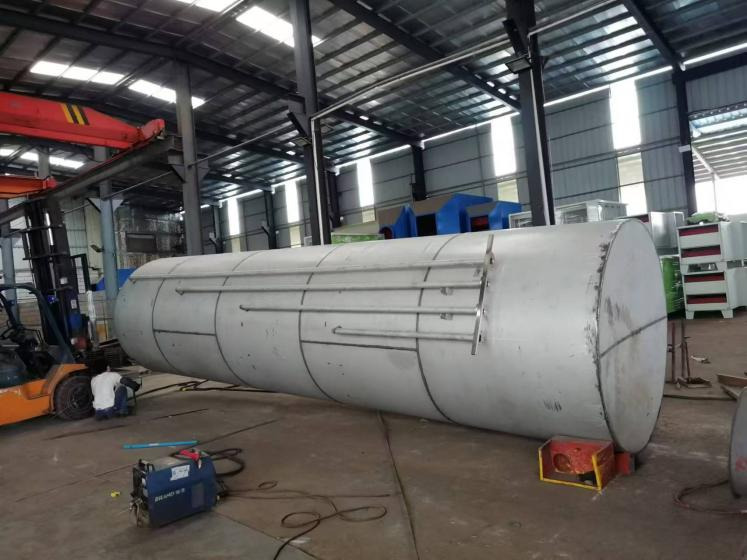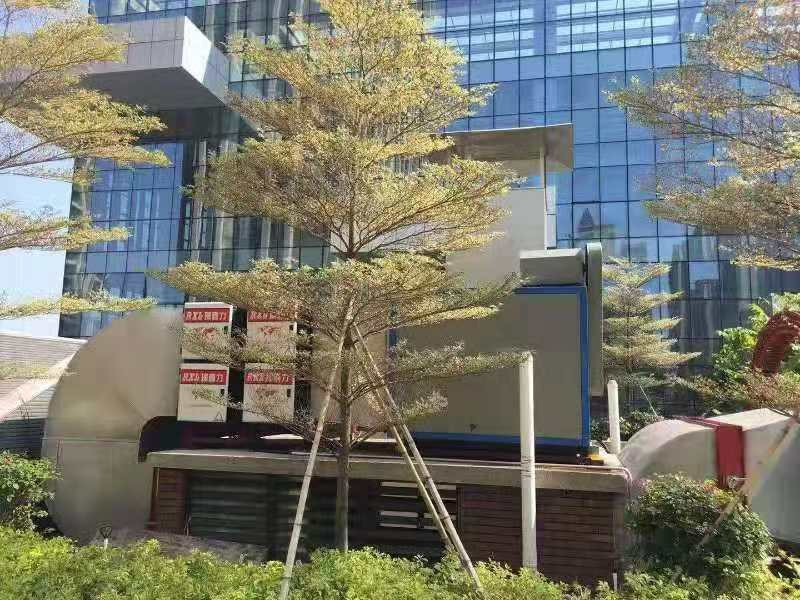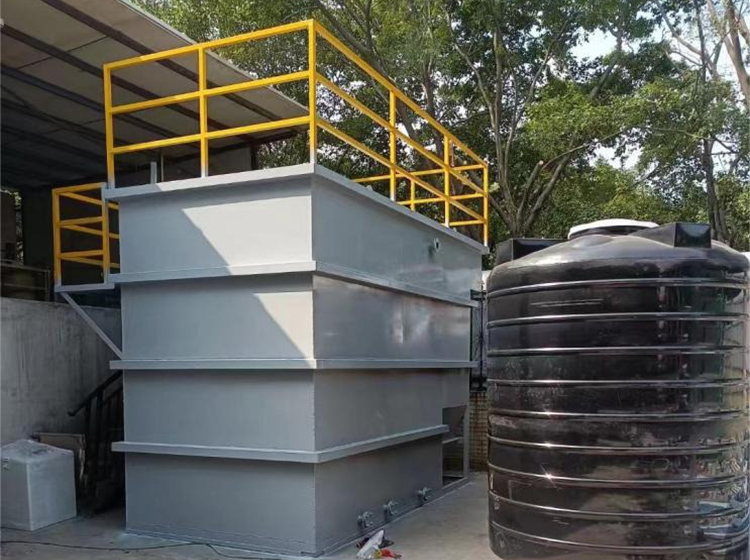Menu
Latest News
1、 Overview:
The integrated sewage treatment equipment is a device that integrates the primary sedimentation tank, I and II level contact oxidation tanks, secondary sedimentation tanks, and sludge tanks, and carries out air blowing aeration in the I and II level contact oxidation tanks, effectively combining the contact oxidation method and activated sludge method, saving the equipment for designing sewage treatment processes and infrastructure construction.
There are many sewage treatment processes used both domestically and internationally, which are mainly divided into two types: activated sludge method and biofilm method. The common aeration method, oxidation ditch method, A/B method, and A2/O method belong to the former, while the biological rotary disc and contact oxidation method belong to the latter.
2、 Process description:
The main treatment method is to use biochemical treatment technology and contact oxidation method. The design of the integrated domestic sewage treatment equipment is mainly based on the calculation of water quality parameters for domestic sewage and similar industrial organic sewage treatment according to the general domestic sewage water quality, and the inlet BOD5 is calculated at 200mg/L.
Main components: 1. Hydrolysis acidification tank; 2. Contact oxidation tank; 3. Impurity sedimentation tank; 4. Disinfection treatment; 5. Aerobic sludge digestion tank.
1. Hydrolysis acidification tank
This process mainly deals with pre-treatment of sewage before treatment, which involves anaerobic fermentation of the wastewater in the water to improve its biodegradability. This is an important step before sewage treatment, which can directly affect the efficiency and treatment time of later sewage treatment, and can maximize the efficiency of sewage treatment and reduce consumption.
2. Contact oxidation tank
Oxidation tanks are classified into several levels based on the degree of pollution in water treatment, including ordinary and reinforced types. Generally judged based on the processing time. If the processing time is no more than four hours, use a regular oxidation tank, and if the processing time is between 4-6 hours, use a reinforced oxidation tank. The main method is to use the effluent from the hydrolysis acidification tank to flow automatically to the contact oxidation tank for biochemical treatment. Most of the organic matter in the original sewage is degraded and purified here. Aerobic bacteria use fillers as carriers and utilize the organic matter in the sewage as food to decompose it into inorganic salts, thereby achieving the purpose of purification. The survival of aerobic bacteria requires sufficient oxygen, that is, there is enough dissolved oxygen in sewage to achieve the purpose of biochemical treatment. The air in the aerobic tank is provided by a fan, and a new type of elastic three-dimensional packing material is used in the tank. The packing material has a large surface area ratio, long service life, easy film formation, and corrosion resistance. The bottom of the tank adopts a rotary mixing aerator, which increases the transfer rate of dissolved oxygen, and has the advantages of light weight, non aging, non clogging, and long service life. The gas to water ratio of the contact pool is around 12:1. (0.5-5 m3/h contact tank is secondary)
3. Impurity sedimentation tank
After being treated in a biological contact oxidation tank, the wastewater flows automatically into a sedimentation tank for further sedimentation and removal of detached biofilms and some organic and inorganic small particles. The sedimentation tank is based on the principle of gravity. When the wastewater containing suspended solids flows from bottom to top, the substances are precipitated by gravity. An adjustable weir is installed on the upper part of the sedimentation tank to regulate the water level of the effluent; The lower part is equipped with a conical sedimentation zone and a sludge gas device. The gas source is provided by a fan, and the sludge is transported to the sludge aerobic digestion tank by gas lift.
4. Disinfection treatment
Disinfection pool according to specifications; TJ14-74» The standard is 30 minutes. If it is hospital sewage, the disinfection tank will increase the residence time to 1-1.5 hours. Our company uses chlorine dioxide disinfection equipment, and the disinfection pool and equipment can continuously change the dosage according to the water output, achieving the goal of adding more water and more medicine, and adding less water and less medicine. Other equipment can be separately prepared if needed. (If used for industrial wastewater, disinfection tanks and disinfection devices can be omitted.)
5. Aerobic sludge digestion tank
The remaining sludge discharged from the sedimentation tank is subjected to aerobic digestion and stabilization treatment in the tank to reduce the volume of sludge and improve its stability. The amount of sludge after aerobic digestion is relatively small. When cleaning, a suction truck can be used to extend from the inspection hole of the sludge tank to the bottom of the tank for suction and then transport it outside (cleaning once every six months). A supernatant reflux device is installed on the upper part of the aerobic digestion tank for sludge, allowing the supernatant to overflow to the hydrolysis acidification tank.
3、 Advantages:
1. Strong ability to withstand impact loads, with an average residence time of over 6 hours for contact oxidation method.
2. It has the ability to remove nitrogen and phosphorus, and can achieve the ability to treat industrial wastewater, domestic sewage, and urban sewage by adjusting the structure of the equipment.
3. The fillers in the contact oxidation tank are mostly composite soft fillers, which are lightweight, high-strength, physically and chemically stable, have a large specific surface area, strong biofilm adhesion ability, and high contact efficiency between sewage and biofilm.
4. An aerator is used in the contact oxidation tank for air blowing aeration to continuously float the fiber bundles, ensuring uniform aeration and mature microbial growth, which has the characteristics of activated sludge process.
5. The effluent quality is stable, the sludge production is low, and it is easy to treat.
6. Submersible pumps can be installed in equipment to reduce project investment.
7. The equipment can be installed on the ground or buried underground. When buried underground, the upper cover can be used for greening, resulting in a smaller factory area and fewer ground structures.
8. Easy to achieve automatic control and simple management operation.
9. The device can be connected to a car to make a mobile integrated sewage treatment equipment.
4、 Scope of application:
The integrated sewage treatment equipment is suitable for the treatment and reuse of domestic sewage in residential areas, villages, towns, office buildings, shopping malls, hotels, restaurants, sanatoriums, government agencies, schools, military units, hospitals, highways, railways, factories, mines, tourist attractions, and similar organic wastewater from small and medium-sized industries such as slaughter, aquatic product processing, and food. The sewage treated by this equipment meets the national comprehensive sewage treatment discharge standard level B standard.
5、Equipment picture:

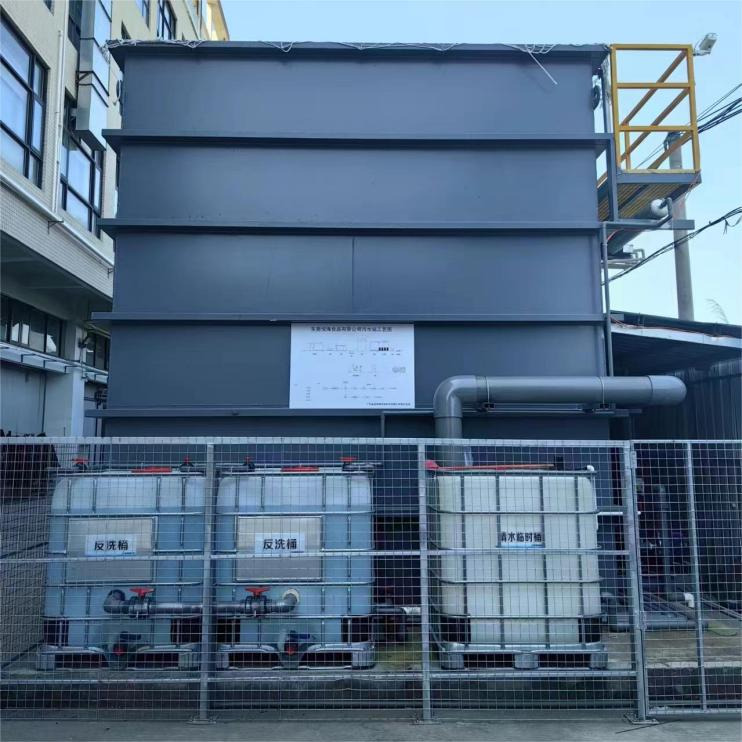
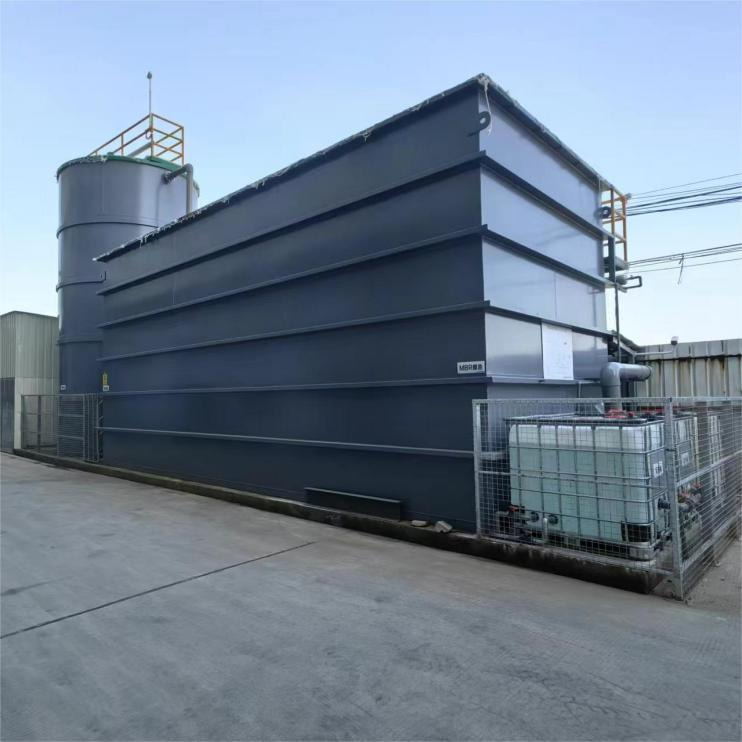
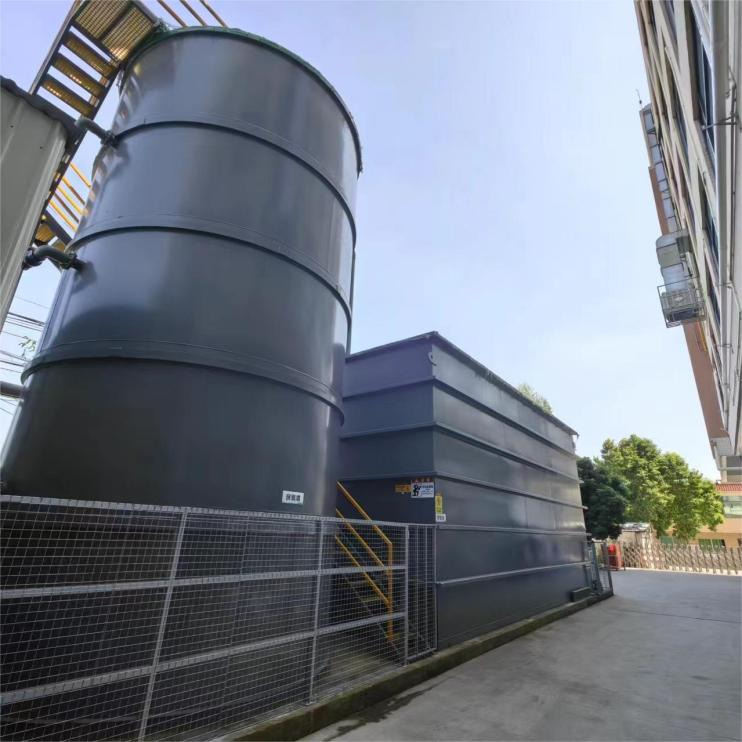
Previous: No More




